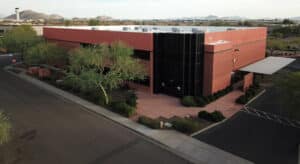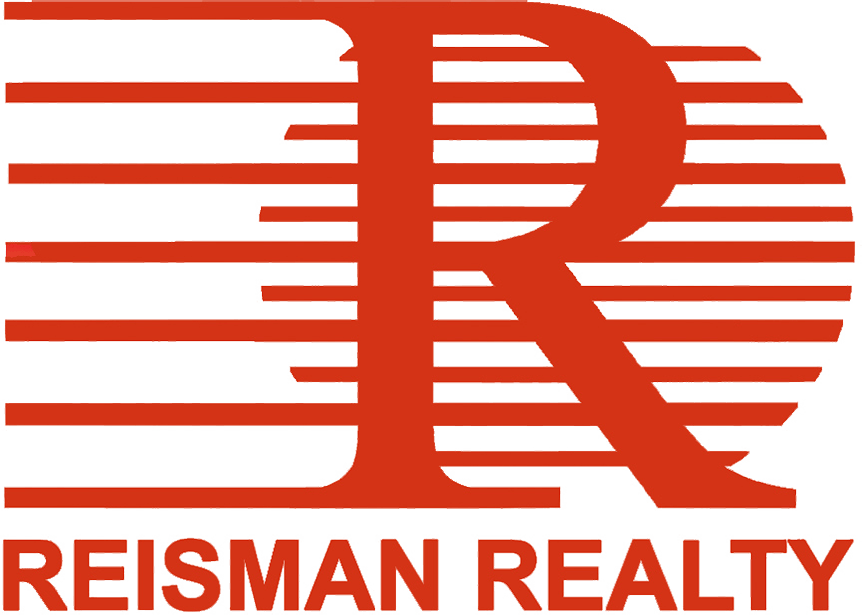Commercial real estate in Arizona: What to expect in the future?

Industrial development in Greater Phoenix has seen an impressive growth streak in recent years, with an unprecedented amount of investment coming to the Valley. Other sectors, such as retail and office, have struggled in the post-pandemic landscape, with some product types outperforming others within both segments. As 2024 nears its halfway point, here’s what we see as bright spots and the state of commercial real estate and the challenges that lie ahead.
“We remain cautiously optimistic,” says Mike Reisman, designated broker of Reisman Realty. “Phoenix has advantages over other parts of the country because of the weather, the constant influx of people moving here from all over the country, and the fact that so many sectors of our economy are seeking to locate their operations here. This includes semiconductors, electric vehicle batteries and many of the support businesses for these companies. Because of this, when there is an economic decline, we are normally not impacted to the same degree as in other states and we tend to grow our way out of the slowdown much quicker.”
“During the height of the pandemic, supply chain issues drove up costs and labor shortages lengthened project schedules. Construction costs were highly inflated, but have tended to level off. I think we have returned to a more normal pattern, but the costs have not dropped very much.”
Development in the valley is driven by several factors. Arizona has a pro-growth regulatory environment, capital is available and affordable, and there is an abundance of available land. Our location coupled with strong user demand sets Phoenix up perfectly for distribution hubs. The pandemic further fueled the growth in the market, but there has been massive growth in the industrial sector. As these properties come on line, a lot of it is preleased. Rents have steadily increased.
Reisman says, “There continues to be a high demand for small spaces and move-in ready spaces, and single occupant properties are sought after but not abundant. Standalone pad retail, especially drive-thru locations, are in high demand. The population increase has created a continued need for apartment complexes in addition to single family homes.”
While cheap money helped fuel the growth in Phoenix, the current interest rate environment has clearly slowed down the market. This has reduced development, but is probably healthier in the long run. Future growth is dependent on investors being confident about the strength of Arizona’s business environment, having adequate water resources and remaining both business friendly and people friendly.
Strong user demand will help sustain a healthy environment, even as it takes longer for transactions to get done as people are being more thoughtful about their decisions. The diversity of our economy and all the factors previously mentioned makes Arizona more desirable than anywhere else in the U.S. So many companies from all over the world looking to locate here, and Arizona is becoming more well-known and sought after.
